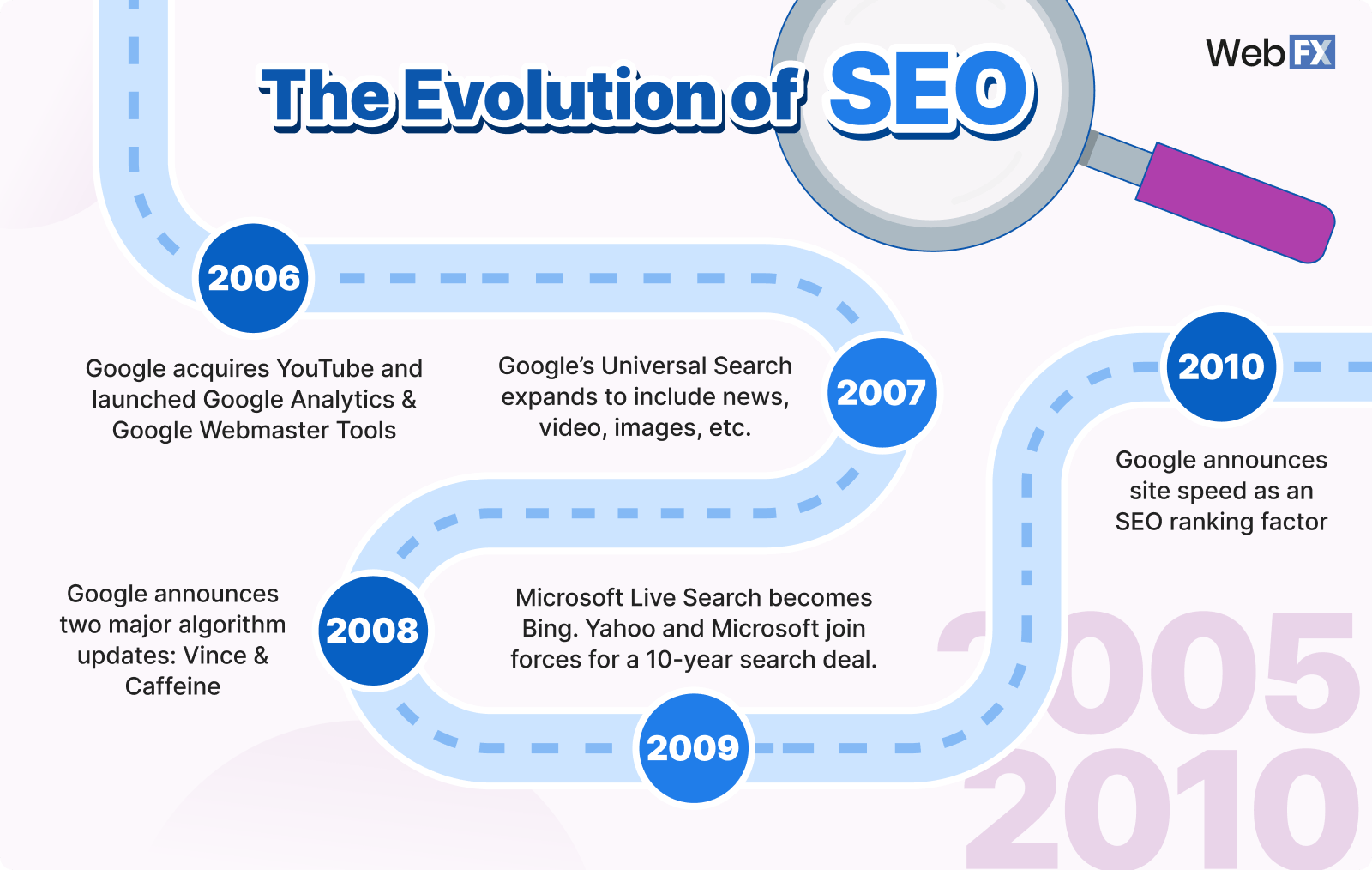The evolution of SEO (Search Engine Optimization) tools over the past decade has been both revolutionary and transformative, reshaping how marketers, content creators, and SEO professionals approach online visibility and search engine rankings. This transformation aligns with Google’s EAT (Expertise, Authoritativeness, Trustworthiness) standards, ensuring that content not only ranks well but also delivers value to its audience. In this article, Seogroupbuy delve into the journey of SEO tools from basic keyword planners to sophisticated AI-driven platforms, highlighting their impact on digital marketing strategies and adherence to high-quality content creation.

The Early Days: Keyword-Centric Tools
A decade ago, SEO tools were primarily focused on keywords. The Google Keyword Tool, which later evolved into Google Keyword Planner, was a staple for SEO professionals. It provided insights into search volumes, competition levels, and related keywords, but with a relatively simplistic approach. Tools like Moz’s Open Site Explorer and SEMrush began offering more nuanced functionalities, such as backlink analysis and competitor research, yet the core of SEO remained heavily keyword-focused. The challenge then was not just finding the right keywords but understanding how to integrate them naturally into content, a precursor to the more nuanced EAT criteria of today.
The Rise of Content and User Experience
As Google’s algorithms became more sophisticated, with updates like Panda and Penguin aiming to reward high-quality, relevant content and penalize black-hat SEO tactics, the tools used for SEO had to adapt. The focus shifted towards content optimization tools like Clearscope and MarketMuse, which help writers and SEO specialists create content that’s not only keyword-rich but also informative, engaging, and valuable to the reader. These tools analyze top-performing content in search results to recommend keyword usage, topics, and readability improvements, aligning with the E component of EAT by encouraging expertise in content creation.
Technical SEO and Site Performance
Another significant shift in the SEO landscape has been the emphasis on technical SEO and site performance. Tools such as Google’s PageSpeed Insights and Web.dev offer insights into how well websites perform on technical parameters, including loading speed, mobile-friendliness, and web security, all of which impact a site’s authority and trustworthiness. Screaming Frog SEO Spider became indispensable for crawling websites and identifying technical issues that could affect search rankings, addressing the A and T in EAT by ensuring websites are authoritative and trustworthy sources of information.
If you are interested in SEO tools, advertising, keyword analysis, back links. Then you definitely cannot miss the service of Group Buy SEO Tools. This is one of the cheapest, most reputable and best general purchasing services today and is used by many SEO people.
The Advent of AI and Machine Learning
Perhaps the most groundbreaking development in SEO tools over the past decade has been the integration of artificial intelligence (AI) and machine learning. These technologies have enabled tools like Ahrefs and SEMrush to offer predictive analytics, content gap analyses, and even automated content creation suggestions. AI-driven SEO tools can process vast amounts of data to identify patterns, trends, and opportunities that would be impossible for humans to analyze manually. This evolution signifies a move towards more strategic, data-driven SEO practices that prioritize user intent and content relevance, embodying the EAT principles at a scale.
Local SEO and Voice Search Optimization
The rise of mobile internet usage and voice search has also led to the development of specialized SEO tools focusing on local SEO and voice search optimization. Platforms like Moz Local and Yext help businesses manage their online presence across multiple directories, ensuring NAP (Name, Address, Phone Number) consistency, which boosts local search rankings. Similarly, tools designed to optimize for voice search queries, considering their conversational nature, have emerged, reflecting the changing ways users interact with search engines and the need for content to be authoritative and trustworthy in its delivery.
Integrated Platforms and Holistic Approaches
Today, comprehensive SEO platforms like BrightEdge and Conductor offer integrated solutions that encompass keyword research, content optimization, technical SEO, and performance tracking. These platforms are designed to provide a holistic view of an SEO strategy, reflecting the interconnectedness of various elements of SEO and the importance of aligning them with the EAT criteria. They support the creation and maintenance of content that demonstrates expertise, authority, and trustworthiness, catering to both search engines and human readers.
The Future: Ethical SEO and Beyond
As we look towards the future, the evolution of SEO tools seems poised to continue, with a growing emphasis on ethical SEO practices. This means tools that not only help websites rank higher but also ensure they contribute positively to the online ecosystem. The integration of EAT standards into SEO tools and strategies will likely become even more pronounced, with a focus on transparency, user privacy, and the fight against misinformation.
In conclusion, the past decade has seen a remarkable evolution in SEO tools, from simple keyword research applications to complex, AI-powered platforms that offer comprehensive insights and strategies. This evolution reflects broader shifts in the digital marketing landscape, emphasizing the importance of expertise, authority, and trustworthiness in content creation. As SEO tools continue to develop, they will undoubtedly play a crucial role in shaping online content to meet both user needs and Google’s EAT standards, ensuring that the internet remains a valuable, trustworthy resource for information.